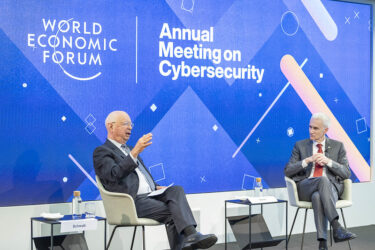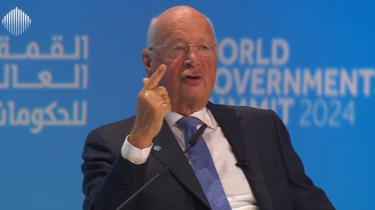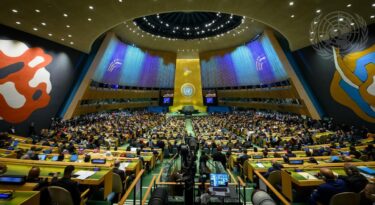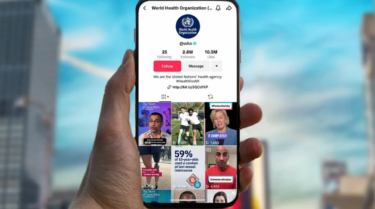Tribal leaders call on Congress to invest in broadband infrastructure in their territories as internet access in many tribal lands is either “weak or non-existent,” according to witness testimony in the House.
https://youtu.be/ukhcTZ5vY2k
Yesterday, the House Committee on Energy and Commerce held a hearing on “Addressing the Urgent Needs of Our Tribal Communities” where leaders from the Navajo Nation, the Chickasaw Nation, the Southern Ute Tribe, and the Quinault Nation all called on Congress to address the lack of broadband infrastructure on tribal lands, among other urgent needs.
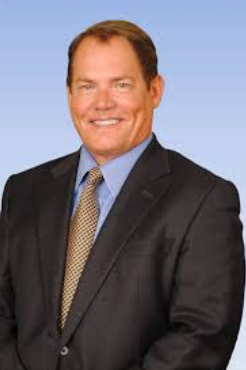
Dr. Charles Grim
“The emergence of COVID-19 has left many of our Chickasaw citizens struggling to adapt to circumstances that require immediate and reliable access to affordable broadband” — Dr. Charles Grim
Due to the pandemic, more and more people are stuck at home, and those living on tribal lands have limited access to information because of a lack of broadband infrastructure, according to the witnesses.
“The emergence of COVID-19 has left many of our Chickasaw citizens struggling to adapt to circumstances that require immediate and reliable access to affordable broadband,” said Secretary of Health for the Chickasaw Nation Dr. Charles Grim, in his written testimony.
Individuals residing on tribal lands are nearly 4.5 times as likely to lack any terrestrial broadband internet access as those on non-tribal lands, according to a 2019 Federal Communications Commission (FCC) report.
Even when examining fixed broadband deployment at speeds lower than “broadband,” only six percent of homes on non-tribal lands lack coverage by any wired provider, while 25 percent of homes on tribal lands have no wired option for 10/1 Mbps service.
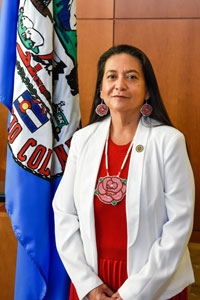
Christine Sage
“Our students are unable to participate in distance learning and our elders are unable to connect with a health care provider virtually” — Christine Sage
“Many Tribes, like Southern Ute, are in remote areas where the broadband infrastructure is weak or non-existent,” Southern Ute Tribe Chairwoman Christine Sage declared in her testimony.
“Our students are unable to participate in distance learning and our elders are unable to connect with a health care provider virtually.
“For tribal economies to thrive we need Congress to invest in tribal broadband infrastructure,” she added.
Fawn Sharp, President of the National Congress of American Indians and the Quinault Indian Nation shared a similar sentiment on a lack of broadband infrastructure causing challenges in telehealth and education..
“COVID-19 has driven more activities online putting tribal communities at a distinct health, educational, and economic disadvantage,” Sharp wrote in her testimony.
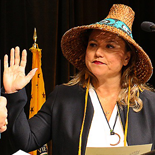
Fawn Sharp
“To address these inequities, immediate investment in tribal broadband infrastructure and ensuring access to existing opportunities is critical” — Fawn Sharp
“Unlike their counterparts, many tribal patients are unable to access telehealth and our children are unable to access the same distance learning opportunities due to the digital divide.
“To address these inequities, immediate investment in tribal broadband infrastructure and ensuring access to existing opportunities is critical,” she added.
According to testimony from Navajo Nation President Jonathan Nez, the digital divide deepens institutional inequities in many crucial areas across the Navajo Nation by:
- Putting disadvantaged children further behind in their education
- Hindering an efficient and decisive government
- Preventing the provision of critical public health announcements
- Limiting the Navajo Nation’s emergency health care, law enforcement, and emergency command operation responses
The witnesses all laid out in detail how a lack of reliable broadband affects many areas of society.
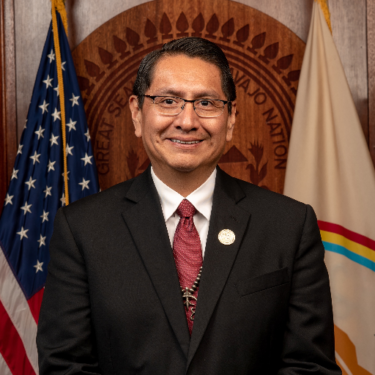
Jonathan Nez
“The right balance must be struck between federal government incentives and the for profit economic considerations of private carriers” — Jonathan Nez
Their solutions call for more government funding and more incentives for private ISPs to develop robust broadband infrastructures on tribal lands, using a combination of wireless and wireline technologies to reach the remote and rural areas.
“The right balance must be struck between federal government incentives and the for profit economic considerations of private carriers to allow for a successful partnership with the private carriers,” according to Nez.
Sharp proposed that an FCC tribal broadband fund should be created to structurally address the digital divide, while Dr. Grim suggested investing in a combination of wireless towers and buried fiber “to provide broadband meeting the FCC’s definition of 25 mbps up/3 mbps down.”
Dr Grim added, “Legislation has been included in multiple rounds of the COVID-19 FY’20 emergency supplemental appropriations acts.
“Without specific and direct action by Congress, the promise of these new opportunities could very well pass Indian Country and rural America generally.”
DOJ expands Native American tribes’ access to databases to fight crime, abuses





